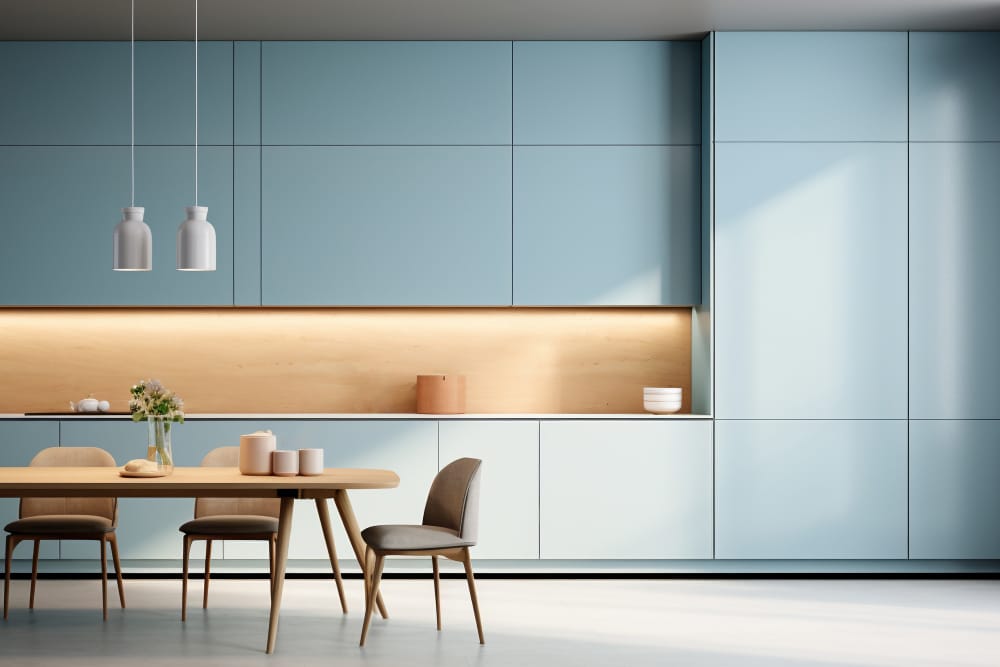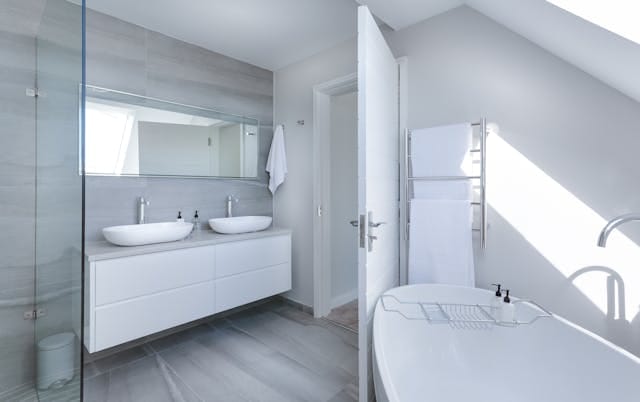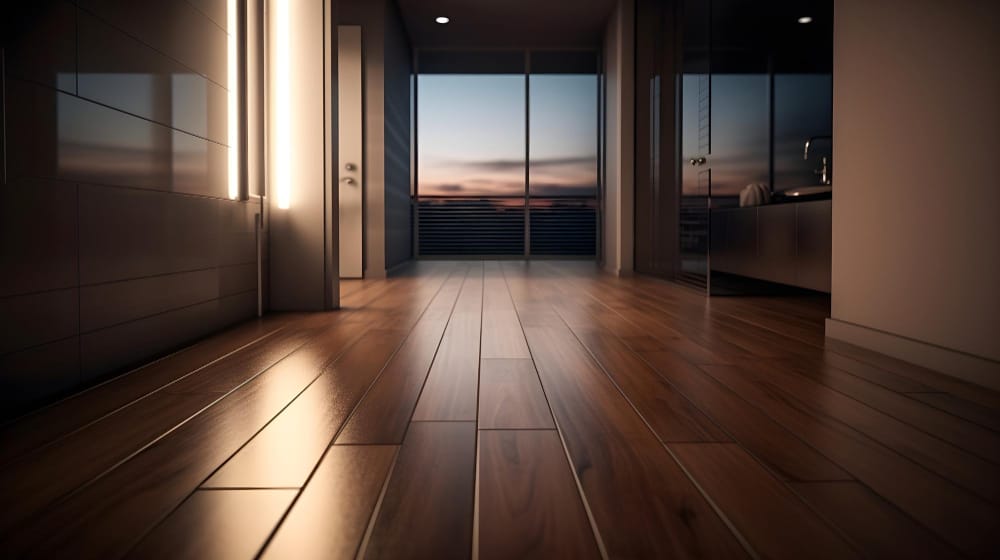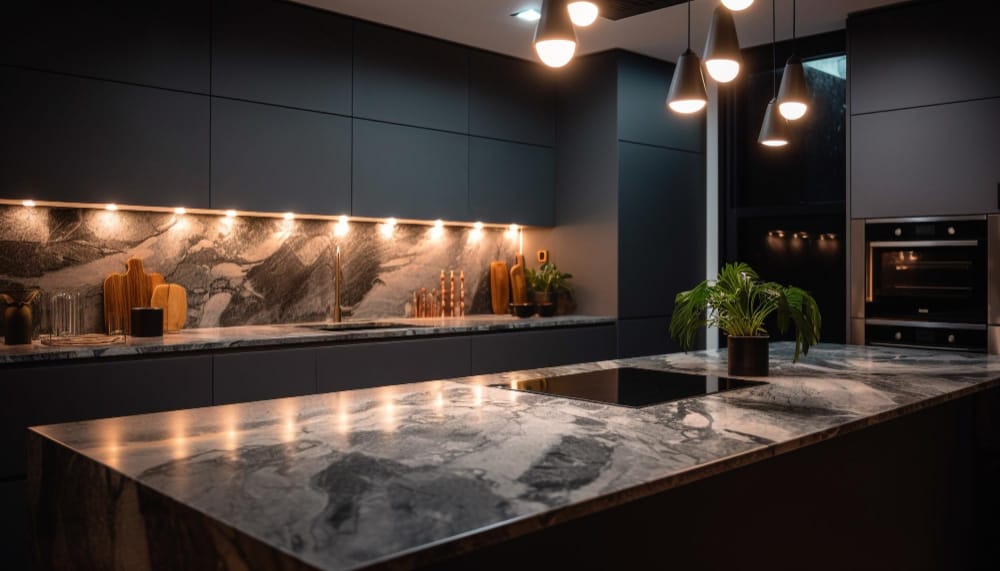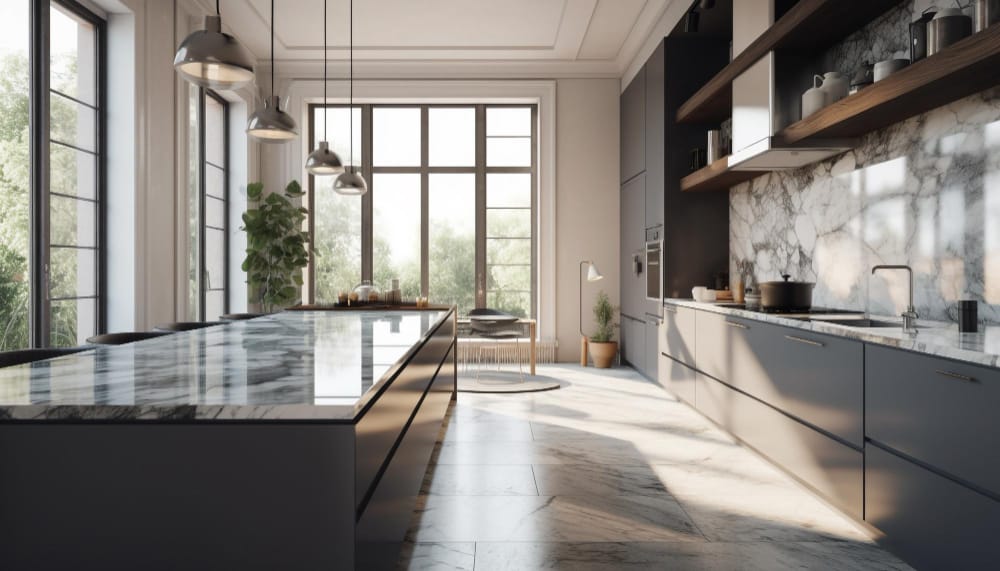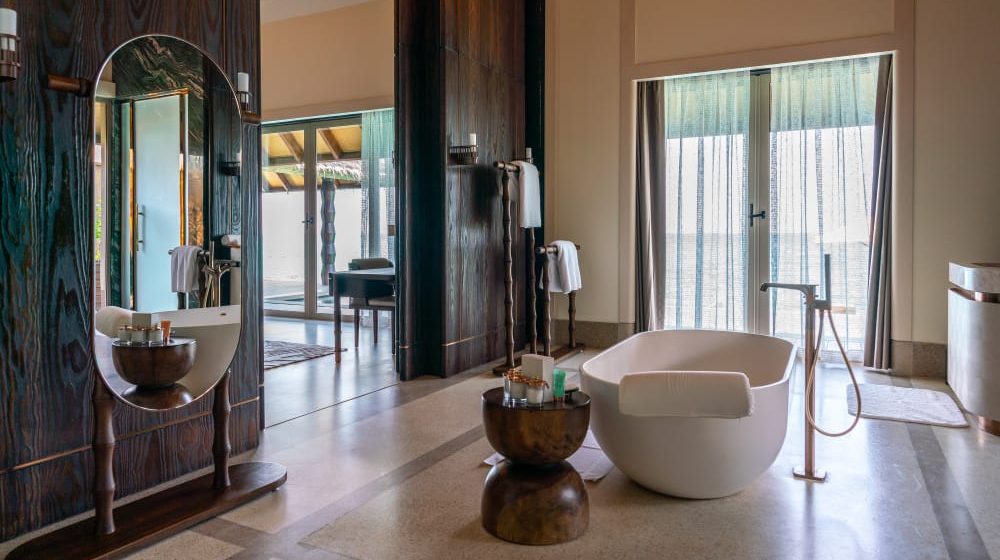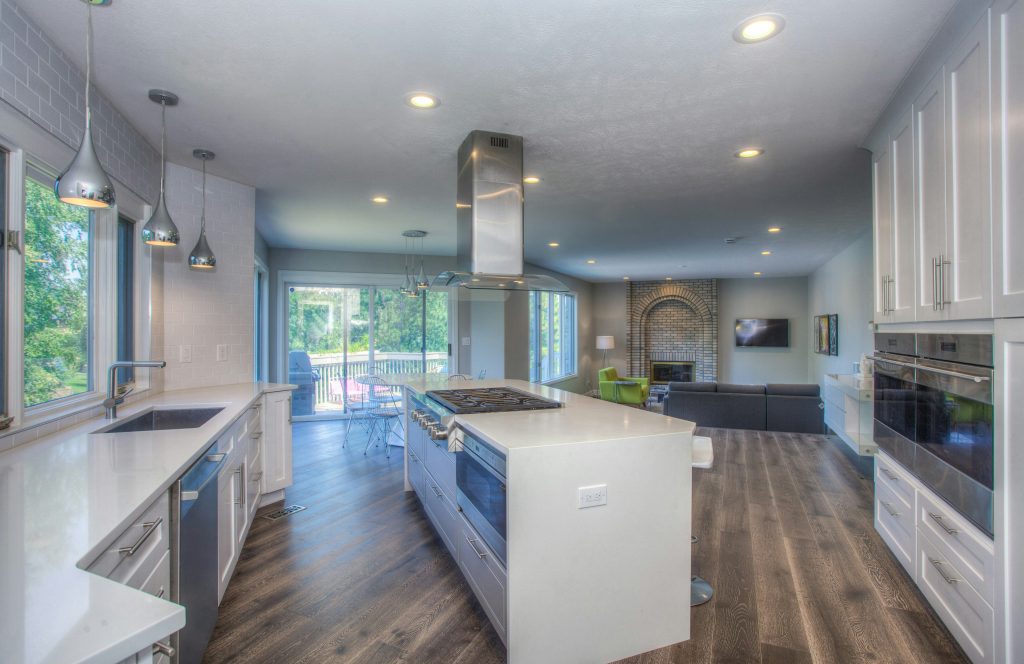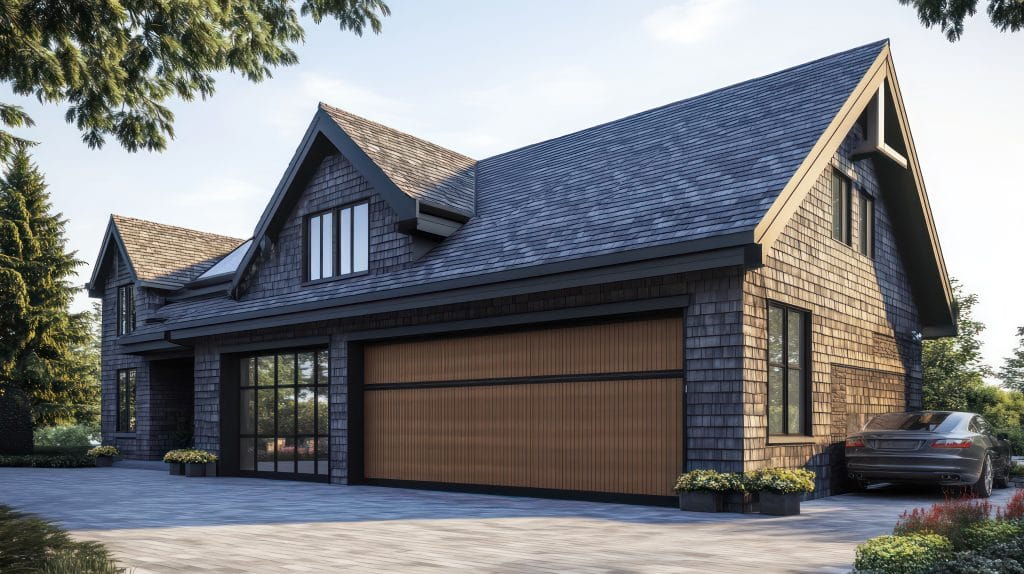Replacing old, inefficient windows isn’t just a cosmetic upgrade—it’s a strategic improvement that can boost your home’s energy efficiency, curb appeal, and long-term value. But if you’re like most homeowners, the process can feel overwhelming.
This formal, step-by-step guide is designed to walk you through the replacement windows process from start to finish. Whether you’re dealing with drafty panes or outdated frames, here’s how to upgrade wisely.
✅ Step 1: Evaluate Why You Need Replacement Windows
Before making any investment, ask yourself:
Are your current windows drafty or hard to open?
Do you see condensation between glass panes?
Has your energy bill increased without explanation?
Are the frames rotting or warped?
If you answered “yes” to any of the above, replacement is likely the most cost-effective path forward—especially if energy efficiency or resale value is a concern.
✅ Step 2: Understand Your Window Options
There are two main types of replacement windows:
Full-frame replacement: Replaces the entire window, including the frame. Ideal if the existing frame is damaged or you want a design change.
Insert (pocket) replacement: New window fits into the existing frame. Faster and less invasive—best if your existing frames are still solid.
Common window frame materials:
Vinyl: Affordable, energy efficient, and low maintenance
Wood: Classic and customizable, but requires upkeep
Fiberglass: Durable, low maintenance, and great insulation
Aluminum: Strong but less energy efficient
Glazing options (single-, double-, or triple-pane) and coatings (Low-E, argon gas-filled) also affect efficiency.


✅ Step 3: Get Precise Measurements
This step is critical.
Professional installers will take exact measurements of:
Window width and height
Frame depth
Wall opening conditions
Improper measurements can delay your project or result in poor-fitting windows that underperform—so don’t skip this or guess. Always rely on a certified installer to assess and confirm dimensions.
✅ Step 4: Choose the Right Replacement Windows
Base your decision on:
Your climate: Energy-efficient, double- or triple-pane windows are essential in extreme weather areas.
Your home’s architectural style: Choose window shapes and grilles that match your design—modern, traditional, or transitional.
Your priorities: Whether you want soundproofing, UV protection, or maximum airflow, window technology can now meet nearly any need.
Look for ENERGY STAR®-rated products to ensure high performance and long-term savings.
✅ Step 5: Get a Professional Quote
Request estimates from licensed, insured window contractors. A professional quote should include:
Materials and labor
Window specifications (size, frame, glass type)
Warranty information
Estimated installation timeline
Compare at least 2–3 quotes to ensure you’re getting fair pricing and clarity on the scope of work.
✅ Step 6: Schedule and Prepare for Installation
Once you select your contractor and windows:
Confirm the timeline and delivery expectations
Clear the area around each window (both inside and outside)
Remove window treatments (curtains, blinds) and nearby décor
Plan for a 1–2 day install (longer for full-home replacements)
Pro tip: Ask how they handle disposal of your old windows—it’s often included.
✅ Step 7: Post-Installation Inspection and Walkthrough
Once installation is complete:
Walk through with the installer to check each window’s operation and seal
Ask how to maintain the frames, glass, and screens
Review the manufacturer’s and installer’s warranties in detail
Keep all documentation in a safe place
This is your chance to catch any errors, ask final questions, and ensure you’re satisfied with the work.
🧠 Bonus Tips for Smart Homeowners
Plan during off-season (fall or winter) for better scheduling flexibility and potential discounts
Don’t delay on visibly damaged windows—rot and leaks spread quickly
Think long-term: Choose durability and energy performance over short-term savings
Ask about rebates or tax incentives for installing energy-efficient products
🔍 Final Thought: A Clear View, a Smarter Home
Upgrading your replacement windows isn’t just a maintenance task—it’s a wise, value-adding decision for any homeowner looking to improve comfort, energy efficiency, and aesthetics.
By following a clear, professional process from evaluation to final walkthrough, you’ll avoid delays, reduce unexpected costs, and enjoy better living for years to come.


